How to Avoid Hidden Fees in Online Money Transfers: A Complete Guide
======================================================================== Ever sent money online, thinking you knew the final cost, only to be surprised by extra fees? It's like ordering a pizza and finding out there's a "convenience charge" after you've already paid! Online money transfers are super handy and fast. But hidden fees? Not cool. This guide will give you the smarts to spot and dodge those sneaky charges. You'll learn how to keep more of your money where it belongs. With the intended recipient. Understanding the Basics of Online Money Transfer Fees So, what kinds of fees are we talking about? It's more than just the "transfer fee." Let's break it down. What are Common Transfer Fees? These are the fees you usually see upfront. They can be a fixed amount like $5 per transfer. Or they can be a percentage, like 1% of the money you send. These fees are often in plain sight, but don't let that fool you. They aren't always the whole story. Exchange Rate Markups: The Sneaky Culprit Here's where things get tricky. Transfer services make money on the exchange rate. They give you an exchange rate that is less favorable than the mid-market rate. The mid-market rate is the "real" exchange rate. You can find it on Google or XE.com. The difference? That's profit for them. Let's say the mid-market rate is 1 EUR = 1.10 USD. But the transfer service offers 1 EUR = 1.05 USD. If you send 1000 EUR, that's a $50 difference. That's a hidden fee, plain and simple. Third-Party Fees: Banks and Intermediaries Sometimes, your money passes through other banks before it gets to the receiver. These banks can charge fees, too. The original transfer service often has no control over these fees. That means you could get hit with unexpected costs. Ouch. Spotting Hidden Fees Before You Send Okay, time to become a detective! Here are some ways to find those hidden fees before they find you. Compare Exchange Rates Meticulously Before you transfer, check the mid-market exchange rate. Use a currency converter like Google Finance or XE.com. Write it down. Then, compare it to the rate the transfer service is offering. The bigger the difference, the bigger the hidden fee. Scrutinize the Fine Print: Terms and Conditions Yeah, reading terms and conditions is boring. But it's important! Look for keywords like "handling fees" or "processing fees". Also watch out for "correspondent bank charges." These words can point to extra fees down the road. Contact Customer Support for Clarity Don't be shy! Contact customer support. Ask them about potential fees. Here are some questions to ask: Are there any intermediary bank fees? Is the exchange rate guaranteed? If so, for how long? Choosing the Right Online Money Transfer Service Picking the right service is key. Look for transparency and a clear fee structure. Research and Compare Multiple Providers Use comparison websites. See what different services offer. Compare fees. Scrutinize exchange rates. Check transfer speeds. Read user reviews. Knowledge is power! Opt for Transparent Pricing Structures Some services offer all-inclusive pricing. This means all fees are bundled into one price. Others have a layered fee structure. It's best to go with an all-inclusive option. Look for services that guarantee the exchange rate for a certain period. That way, you know exactly what you're getting. Consider Alternatives: Banks vs. Specialized Services Banks are familiar. But they often have higher fees. Dedicated online money transfer services can be cheaper. But do your research. Make sure they are reputable and secure. Minimizing Fees After You Send Even after you send money, there are steps you can take. Be Aware of Recipient Bank Charges Talk to the receiver. Find out if their bank charges fees for receiving international transfers. Ask them to inquire with their bank. Knowing this can help you plan better next time. Explore Different Payment and Delivery Options How you pay and how the receiver gets the money can impact fees. Paying with a credit card might cost more than using a bank account. Getting cash delivered could be more expensive than a bank deposit. Explore your options! Send Larger Amounts Less Frequently Fixed fees can hurt small transfers. Instead of sending $50 every week, send $200 every month. You'll pay the fixed fee less often. Future-Proofing Your Transfers: Staying Informed The world of online money transfers changes fast. Keep learning! Subscribe to Industry Newsletters and Blogs Stay up-to-date on the latest news and tips. Look for newsletters or blogs about online money transfers. Check out websites that cover fintech. Regularly Review Your Transfer Habits Every six months, re-evaluate your choice of transfer service. Compare prices and services. Make su
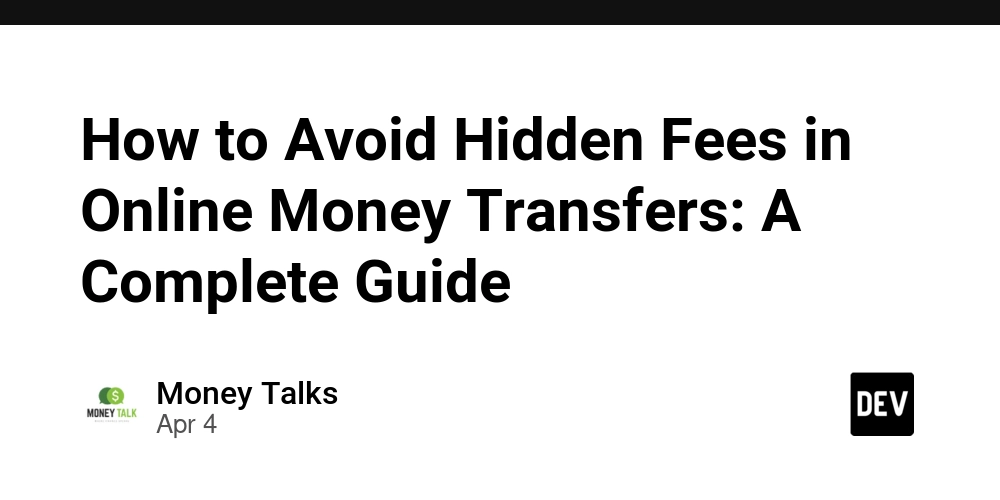
========================================================================
Ever sent money online, thinking you knew the final cost, only to be surprised by extra fees? It's like ordering a pizza and finding out there's a "convenience charge" after you've already paid! Online money transfers are super handy and fast. But hidden fees? Not cool.
This guide will give you the smarts to spot and dodge those sneaky charges. You'll learn how to keep more of your money where it belongs. With the intended recipient.
Understanding the Basics of Online Money Transfer Fees
So, what kinds of fees are we talking about? It's more than just the "transfer fee." Let's break it down.
What are Common Transfer Fees?
These are the fees you usually see upfront. They can be a fixed amount like $5 per transfer. Or they can be a percentage, like 1% of the money you send. These fees are often in plain sight, but don't let that fool you. They aren't always the whole story.
Exchange Rate Markups: The Sneaky Culprit
Here's where things get tricky. Transfer services make money on the exchange rate. They give you an exchange rate that is less favorable than the mid-market rate. The mid-market rate is the "real" exchange rate. You can find it on Google or XE.com. The difference? That's profit for them.
Let's say the mid-market rate is 1 EUR = 1.10 USD. But the transfer service offers 1 EUR = 1.05 USD. If you send 1000 EUR, that's a $50 difference. That's a hidden fee, plain and simple.
Third-Party Fees: Banks and Intermediaries
Sometimes, your money passes through other banks before it gets to the receiver. These banks can charge fees, too. The original transfer service often has no control over these fees. That means you could get hit with unexpected costs. Ouch.
Spotting Hidden Fees Before You Send
Okay, time to become a detective! Here are some ways to find those hidden fees before they find you.
Compare Exchange Rates Meticulously
Before you transfer, check the mid-market exchange rate. Use a currency converter like Google Finance or XE.com. Write it down. Then, compare it to the rate the transfer service is offering. The bigger the difference, the bigger the hidden fee.
Scrutinize the Fine Print: Terms and Conditions
Yeah, reading terms and conditions is boring. But it's important! Look for keywords like "handling fees" or "processing fees". Also watch out for "correspondent bank charges." These words can point to extra fees down the road.
Contact Customer Support for Clarity
Don't be shy! Contact customer support. Ask them about potential fees. Here are some questions to ask:
Are there any intermediary bank fees?
Is the exchange rate guaranteed? If so, for how long?
Choosing the Right Online Money Transfer Service
Picking the right service is key. Look for transparency and a clear fee structure.
Research and Compare Multiple Providers
Use comparison websites. See what different services offer. Compare fees. Scrutinize exchange rates. Check transfer speeds. Read user reviews. Knowledge is power!
Opt for Transparent Pricing Structures
Some services offer all-inclusive pricing. This means all fees are bundled into one price. Others have a layered fee structure. It's best to go with an all-inclusive option. Look for services that guarantee the exchange rate for a certain period. That way, you know exactly what you're getting.
Consider Alternatives: Banks vs. Specialized Services
Banks are familiar. But they often have higher fees. Dedicated online money transfer services can be cheaper. But do your research. Make sure they are reputable and secure.
Minimizing Fees After You Send
Even after you send money, there are steps you can take.
Be Aware of Recipient Bank Charges
Talk to the receiver. Find out if their bank charges fees for receiving international transfers. Ask them to inquire with their bank. Knowing this can help you plan better next time.
Explore Different Payment and Delivery Options
How you pay and how the receiver gets the money can impact fees. Paying with a credit card might cost more than using a bank account. Getting cash delivered could be more expensive than a bank deposit. Explore your options!
Send Larger Amounts Less Frequently
Fixed fees can hurt small transfers. Instead of sending $50 every week, send $200 every month. You'll pay the fixed fee less often.
Future-Proofing Your Transfers: Staying Informed
The world of online money transfers changes fast. Keep learning!
Subscribe to Industry Newsletters and Blogs
Stay up-to-date on the latest news and tips. Look for newsletters or blogs about online money transfers. Check out websites that cover fintech.
Regularly Review Your Transfer Habits
Every six months, re-evaluate your choice of transfer service. Compare prices and services. Make sure you're still getting the best deal.
Conclusion
Avoiding hidden fees in online money transfers takes work. Compare rates, read the fine print, and choose transparent providers. Stay informed, and be vigilant. By taking these steps, you can ensure more of your money gets to those who need it. It's worth the effort!























































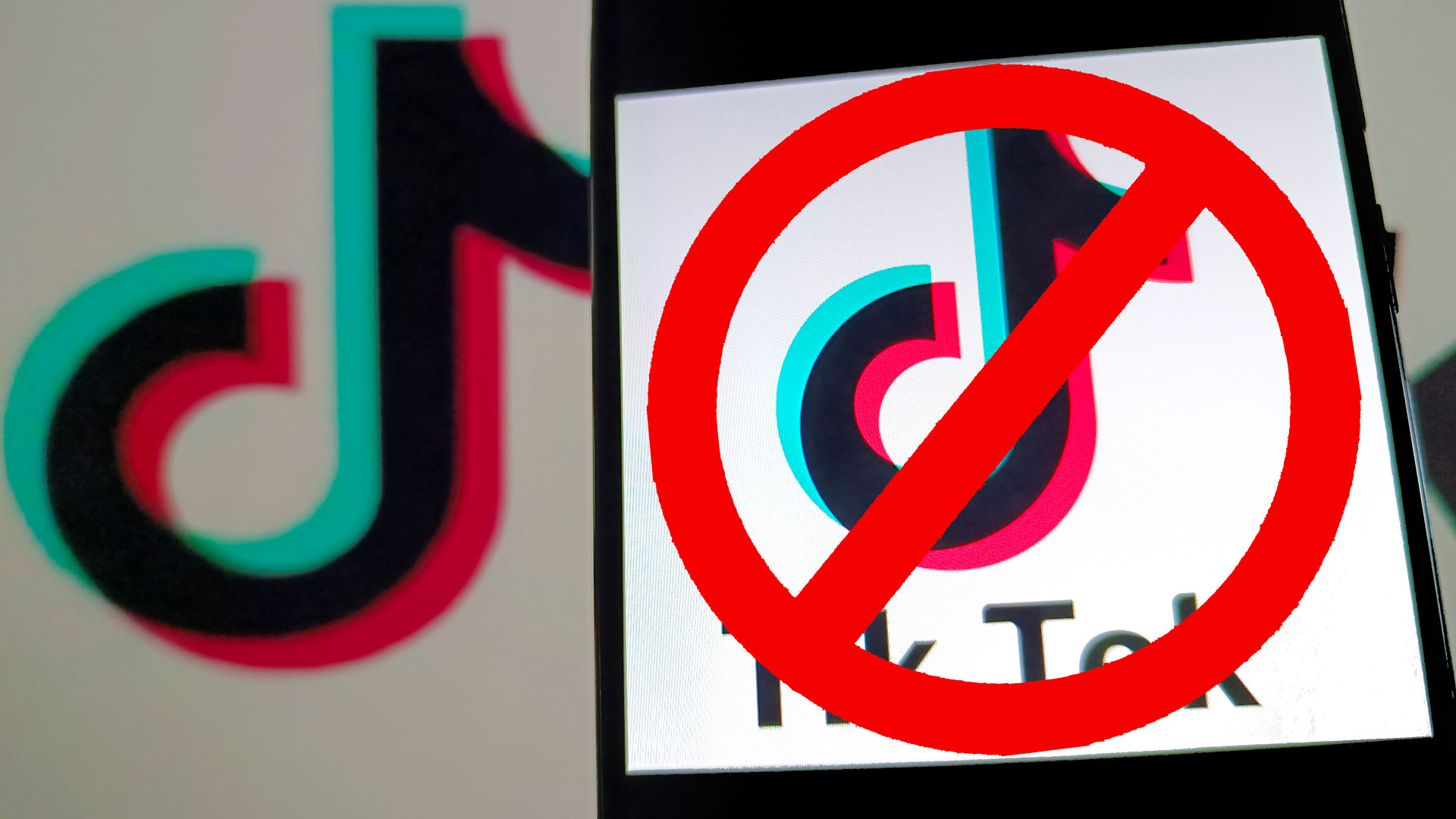












![Rapidus in Talks With Apple as It Accelerates Toward 2nm Chip Production [Report]](https://www.iclarified.com/images/news/96937/96937/96937-640.jpg)





























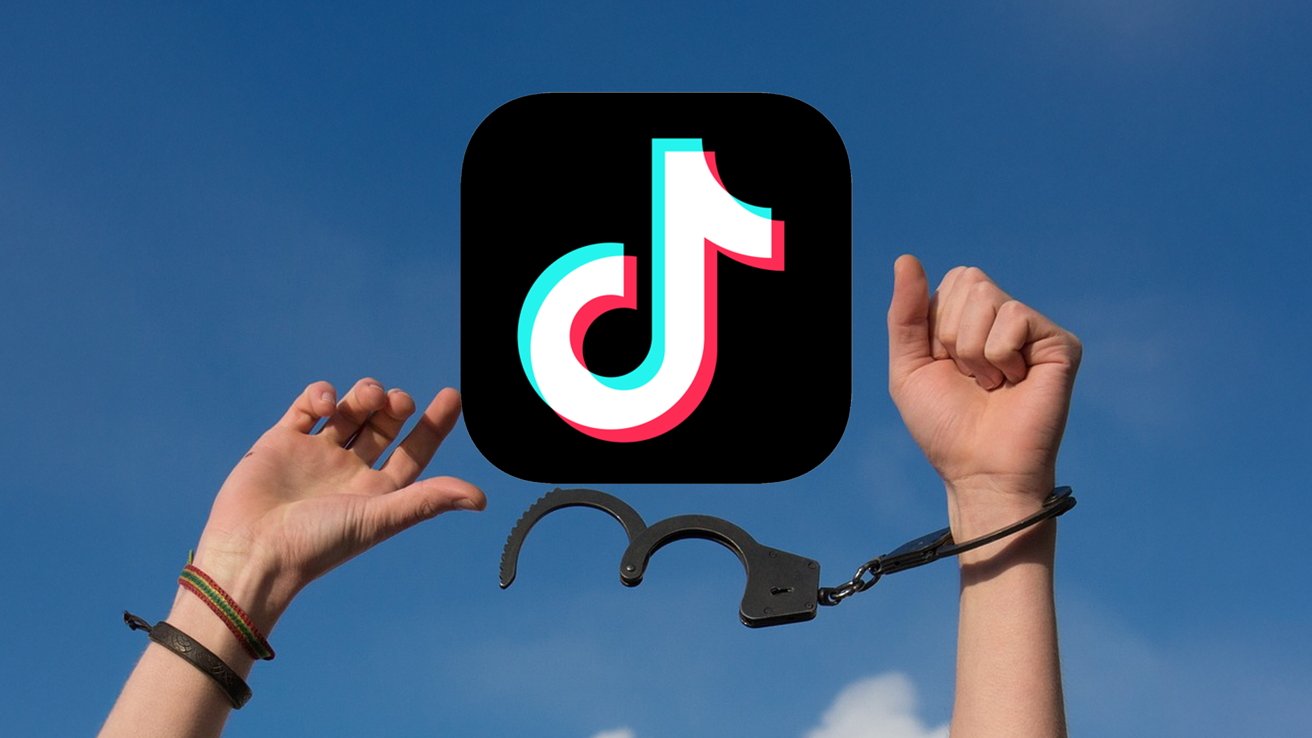







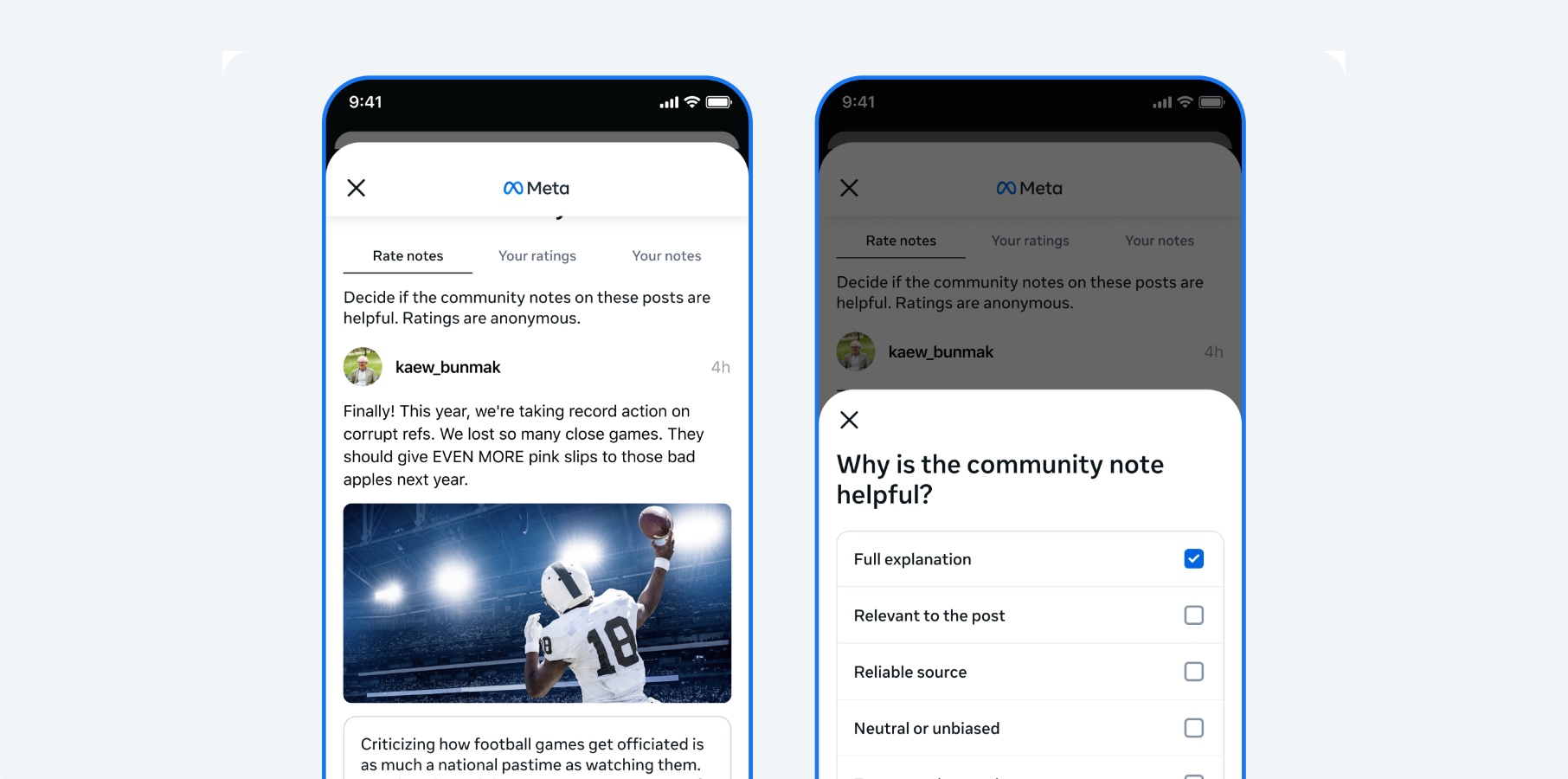



































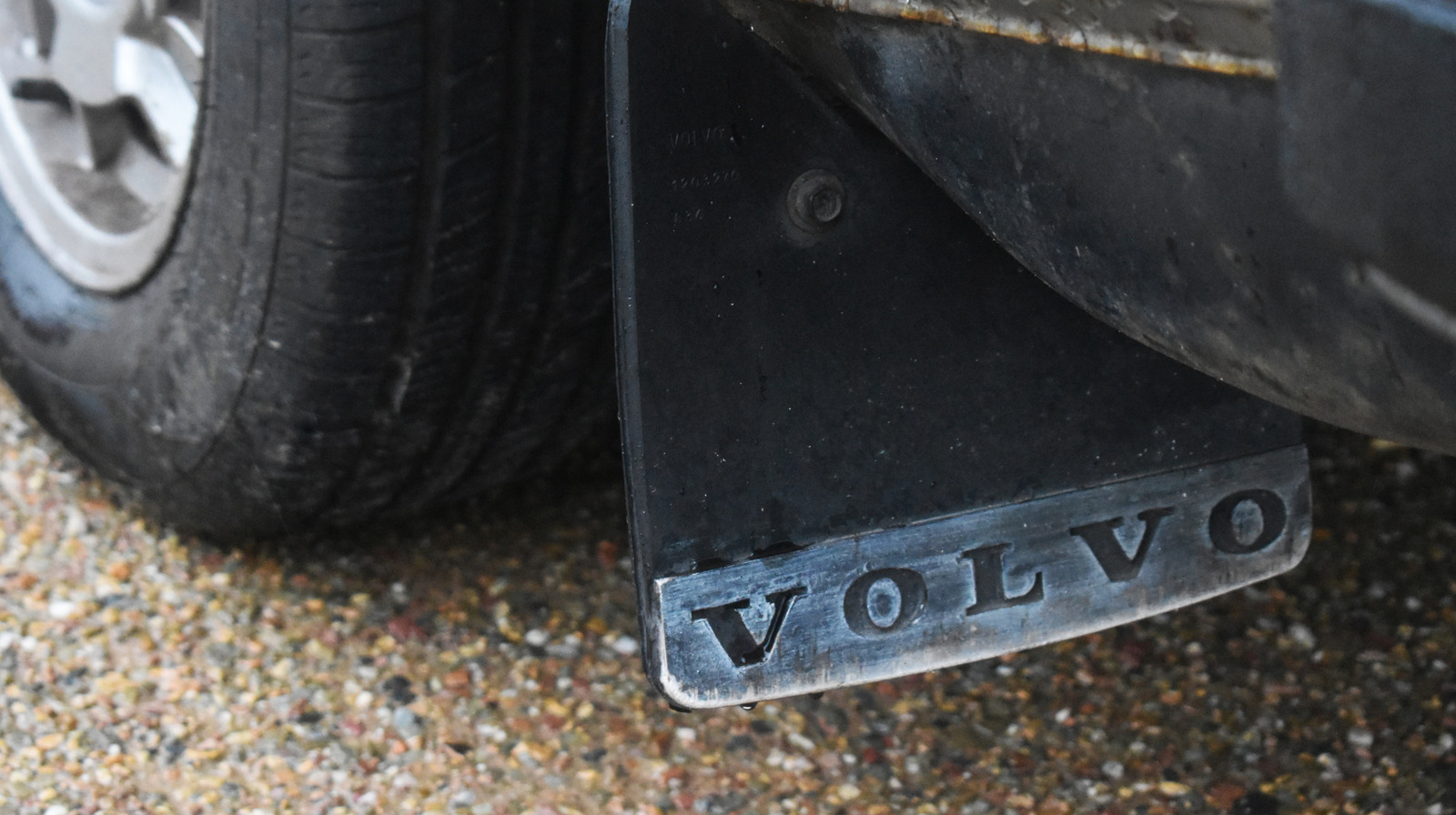

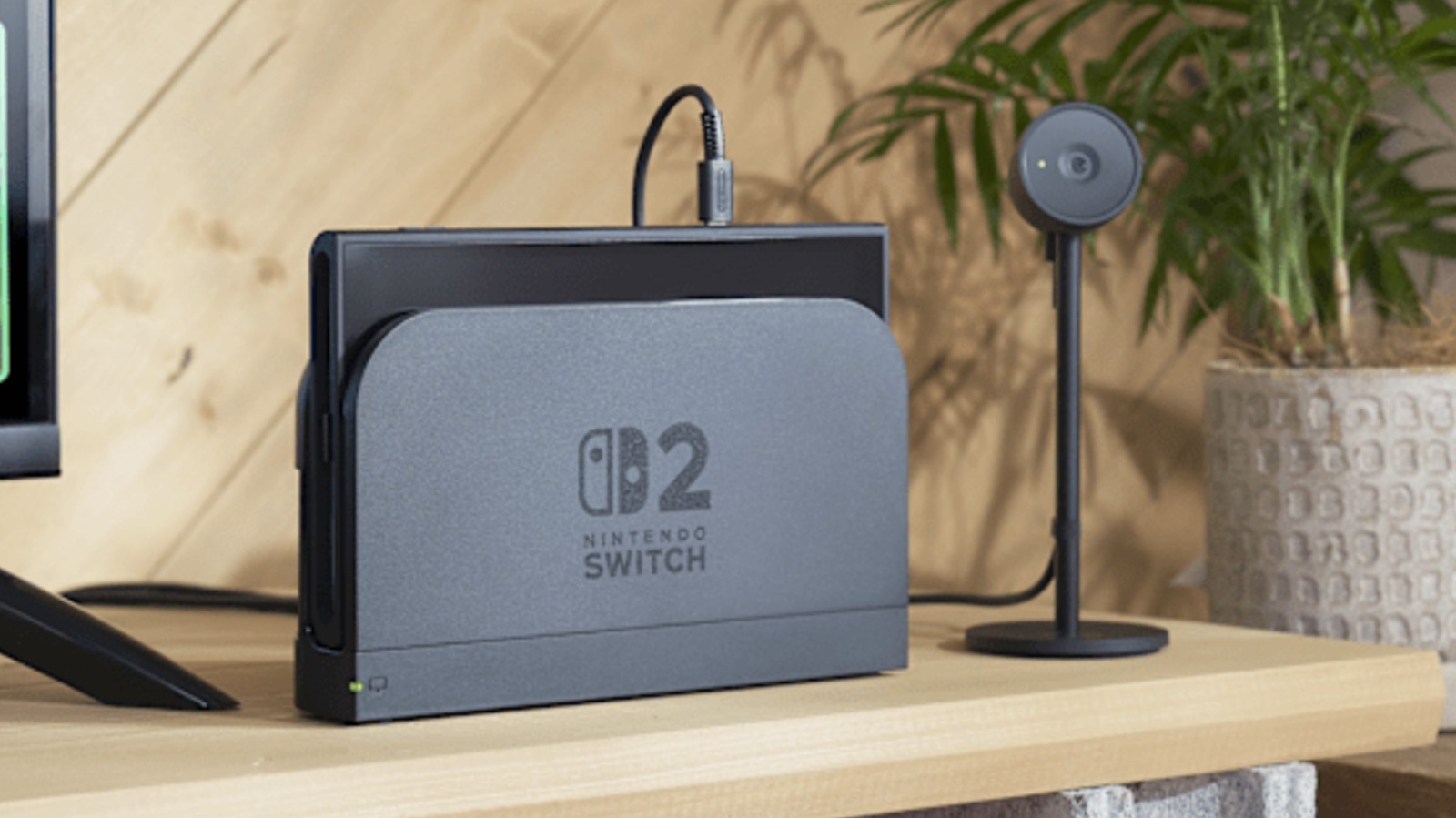

































.webp?#)
_Christophe_Coat_Alamy.jpg?#)









































































![[The AI Show Episode 142]: ChatGPT’s New Image Generator, Studio Ghibli Craze and Backlash, Gemini 2.5, OpenAI Academy, 4o Updates, Vibe Marketing & xAI Acquires X](https://www.marketingaiinstitute.com/hubfs/ep%20142%20cover.png)























































































![From drop-out to software architect with Jason Lengstorf [Podcast #167]](https://cdn.hashnode.com/res/hashnode/image/upload/v1743796461357/f3d19cd7-e6f5-4d7c-8bfc-eb974bc8da68.png?#)

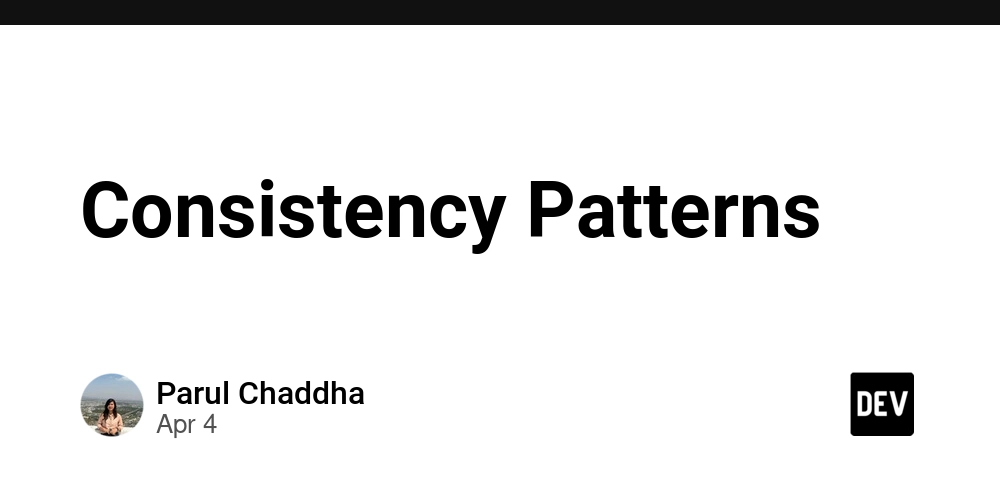







































































-Nintendo-Switch-2-–-Overview-trailer-00-00-10.png?width=1920&height=1920&fit=bounds&quality=80&format=jpg&auto=webp#)































































